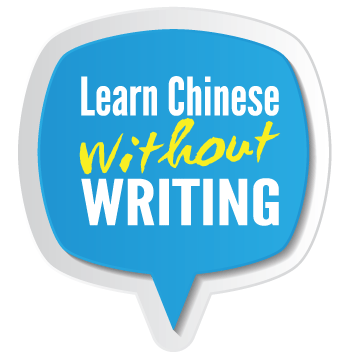What are the names of strokes used in Chinese Characters?
- W.Q. BLOSH
- May 24, 2016
- 2 min read
Why teachers don't teach all the strokes
Chinese language teachers usually do not go through all the basic strokes of Chinese characters. Or rather, they do not have the materials to help them to do so. Usually, they will just touch on the most fundamental strokes: héng, shù, piě, nà, diǎn, tí.

Then talk about variations of these strokes . . . add a hook (gōu) or tick (tí) at the end of the stroke, make a sharp bend (zhé) or make a round bend (wān).

The tedious part is on recalling the names of strokes with multiple bends. For example, to name this stroke (see image below), you have to say 'héng zhé zhé zhé gōu'. Each 'zhe' represents a bend on the stroke.

Another example:

You will realise that teachers seldom venture beyond this short introduction to strokes. Learners are asked to apply these basic concepts to other strokes they encounter.
Renaming the strokes used in Chinese characters
For non-native learners learning Chinese as a foreign language, it is very difficult to remember the Chinese names of the basic strokes of Chinese characters. To help them develop a better grasp of the strokes, we need to call a spade a spade!
Do this activity, match the strokes to the names:

What-You-See-Is-What-You-Name (WYSIWYN)
Easy? Intuitive? It is instinctive to name something after its appearance. This is the easiest way to recall their names.
Relating to what English-speaking learners are most familiar with, the strokes are named using English alphabets, numbers, objects that share similar appearances. This way of naming the strokes is especially useful when it comes to complex strokes – strokes with multiple features (e.g. multiple bends, hook, curve). See some examples of how these strokes are named:
7-Bend:
Looks like number 7

L-Bend:
Looks like English alphabet L

L7-Bends:
Looks like a combination of English alphabet L and number 7:

Double-7 Hook:
Looks like a combination of two 7s and a hook:

7L-Hook:
Looks like a combination of number 7, English alphabet L (with round bend) and a hook:

8 Stroke Families of Chinese Characters
To help you remember the strokes better, the 35 strokes are classified into 8 families based on their features. The 8 families of the strokes are families of
1. Mr Straight,
2. Miss Curve,
3. Baby Dot,
4. Mr 7-Bend,

5. Mr L-Bend,
6. Mr L7-Bends,
7. Mr 7L-Bends and
8. Mr Double-7 Bends

How many families have strokes with different types of bends?





































Comments